This was the second time I had been to Nagasaki. I first visited Nagasaki while I was an undergraduate short term exchange student back in 2006. I posted about that visit here and here in 2006. (Note: it is interesting to see what I wrote back then as a someone who was new to Japan compared to now where I feel like an old Japan hand)
Nagasaki, in recent history, is infamous for being the second place ever to be bombed with an atomic bomb. The first place was Hiroshima, also in western Japan. However, long before the atomic bombing, in the pre-modernization era feudal era, Nagasaki was one of the first and only places where foreign influences entered Japan. Especially Chinese and other European influences.
One of the modern symbols of Nagasaki. At the Peace Park. I personally think it looks really weird.
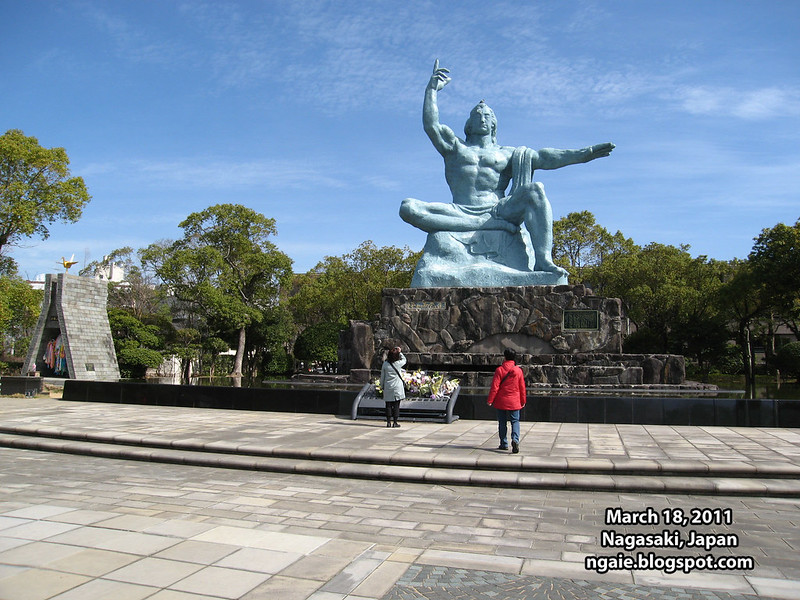
The location of Nagasaki is actually quite remote. It is approximately 160 km away from the largest city on the island of Kyushu, Fukuoka and takes 2 hours and 30 minutes by highway bus. The limited express train is faster by 30 minutes but it is also a lot more expensive (4580 yen ($46 USD) vs. 2500 yen ($25 USD)).
View 2011-03-18 Nagasaki in a larger map
Arrival at Nagasaki station with my mom. The station is actually not located in the city centre.
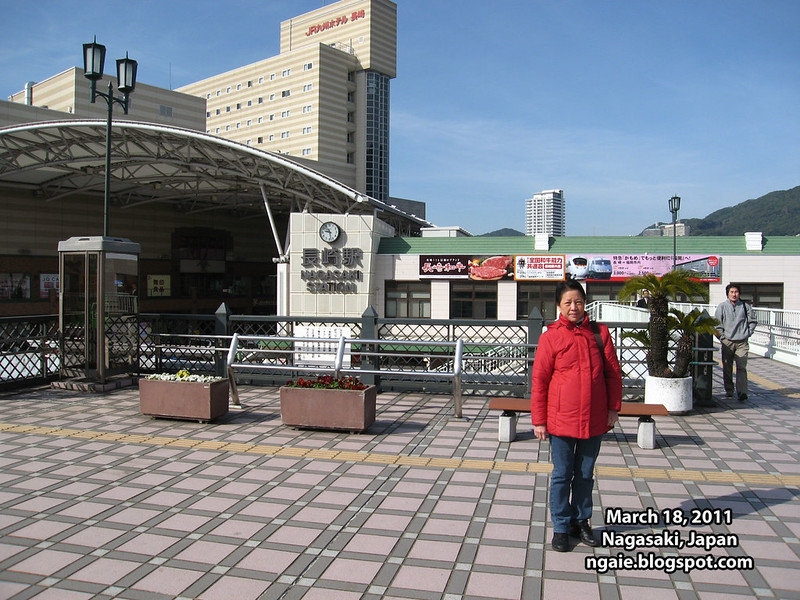
After leaving our luggage at the hotel, we went to the Nagasaki Peace Park where the atomic bomb landed. Unlike in Hiroshima, the bomb was not dropped directly over the city centre, but in a suburban area, so much of the original Nagasaki still survives today unlike Hiroshima.
At the entrance of the Nagasaki Peace Park.
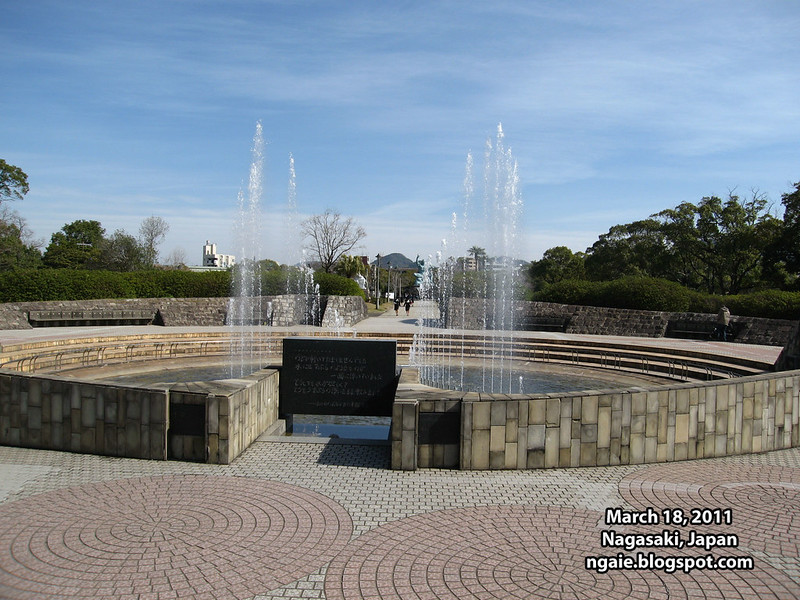
On the path leading to the main commemorative statue at the Peace Park, lined statues donated by other countries. What was interesting is that most of the statues or works of art were from the socialist countries of yesteryear.
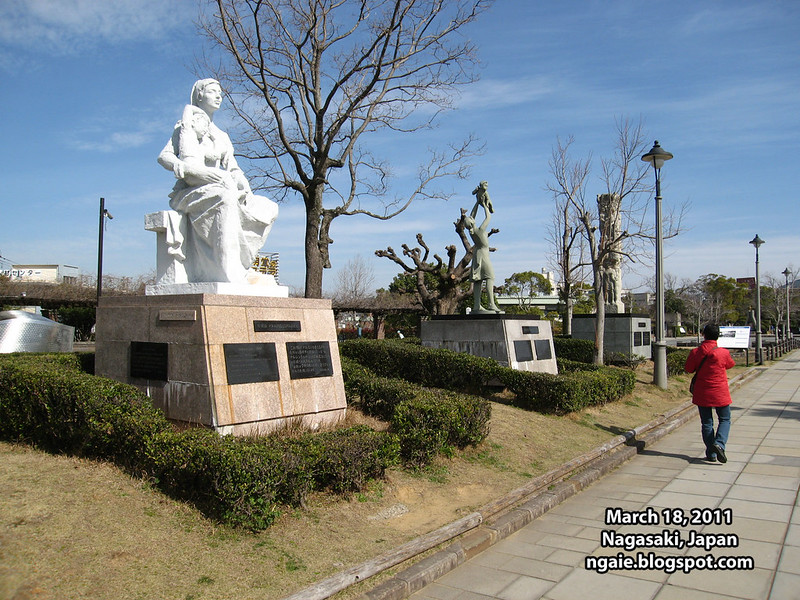
This one is from the Czechoslovak Socialist Republic.
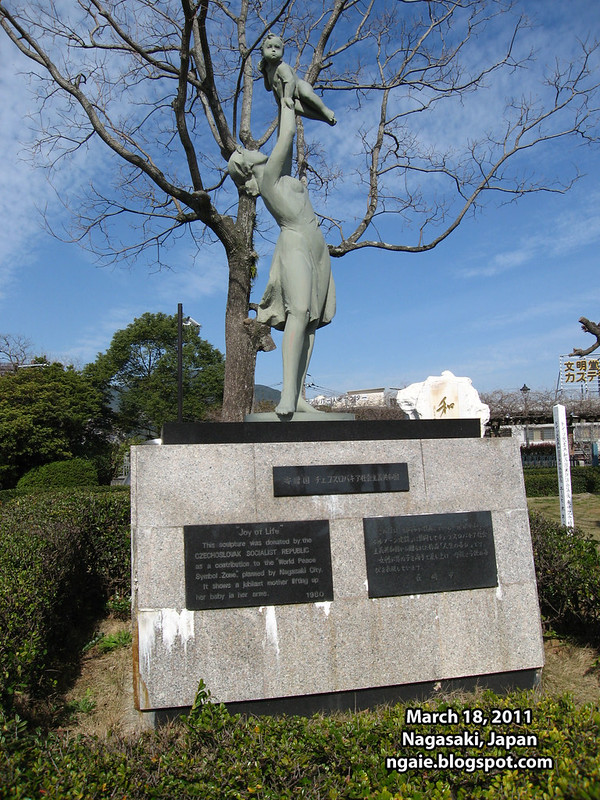
The Soviet Union.
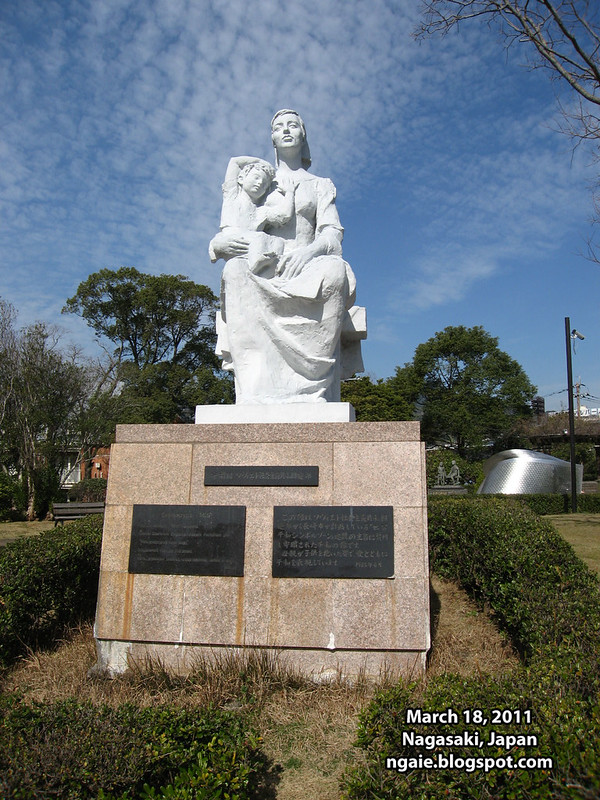
The German Democratic Republic, a.k.a. East Germany.
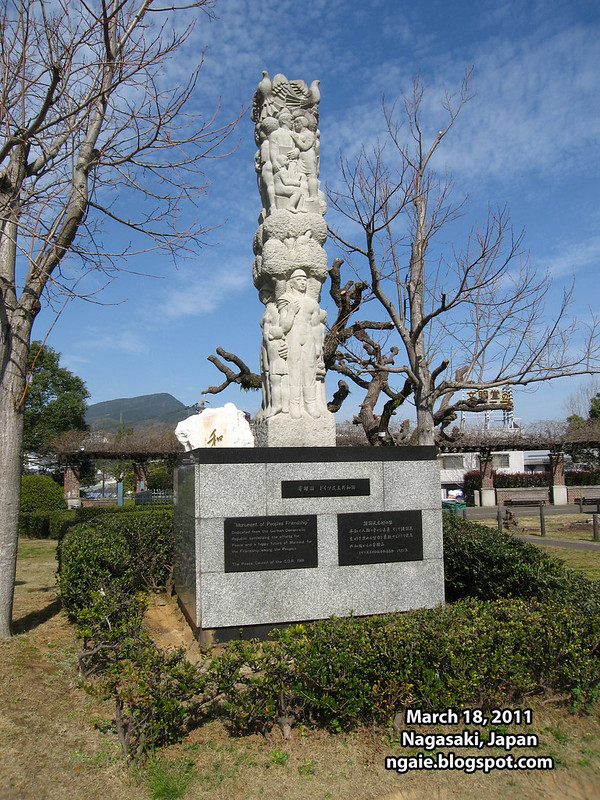
Forgot which country donated this one, but judging from the art style, I would say, probably another socialist country.

From Bulgaria.

From Cuba.
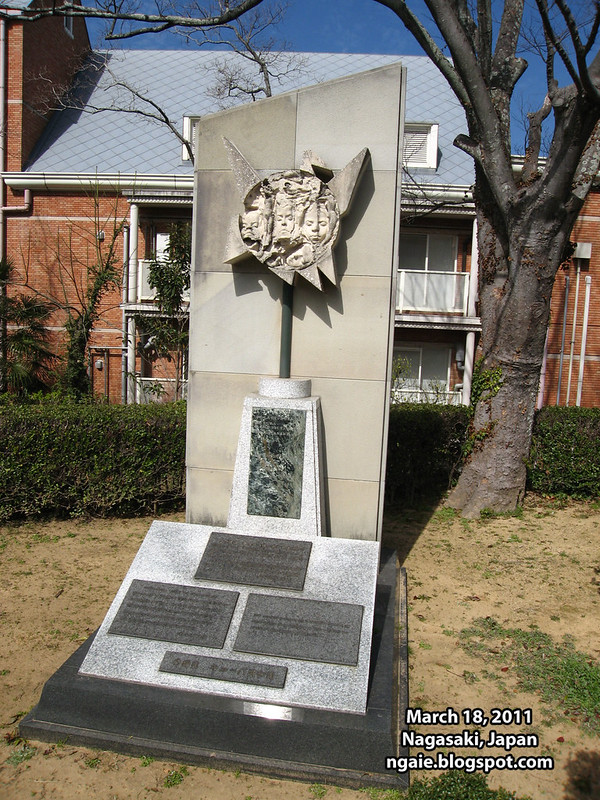
There were also donated art from non-socialist countries as well. This one was from Turkey.

From Brazil.
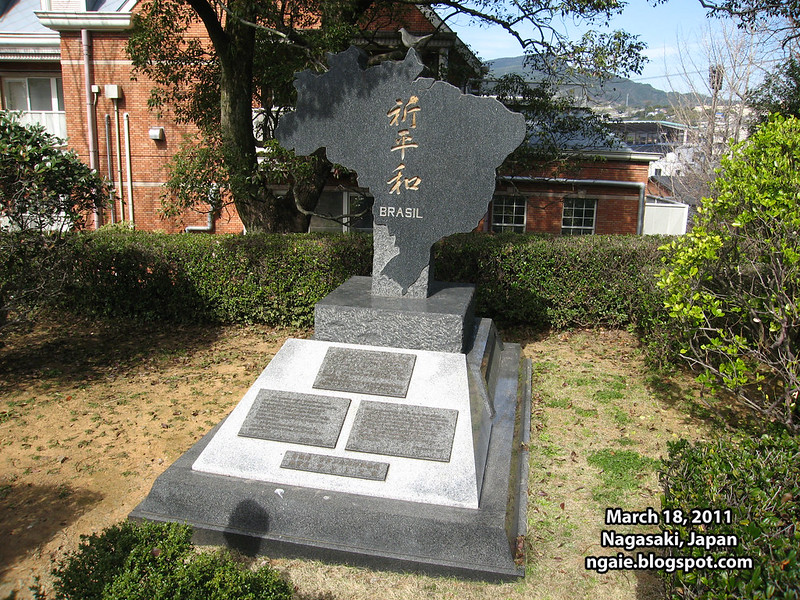
From the United States.
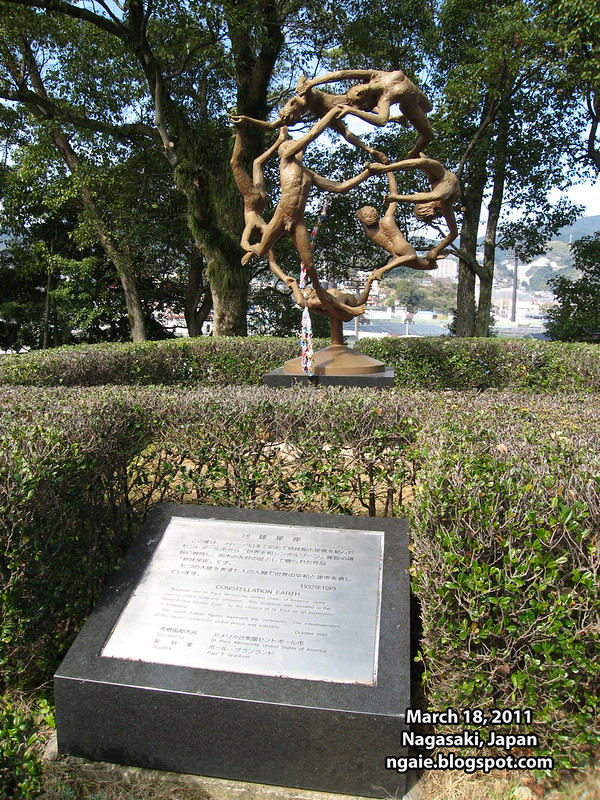
From Argentina.
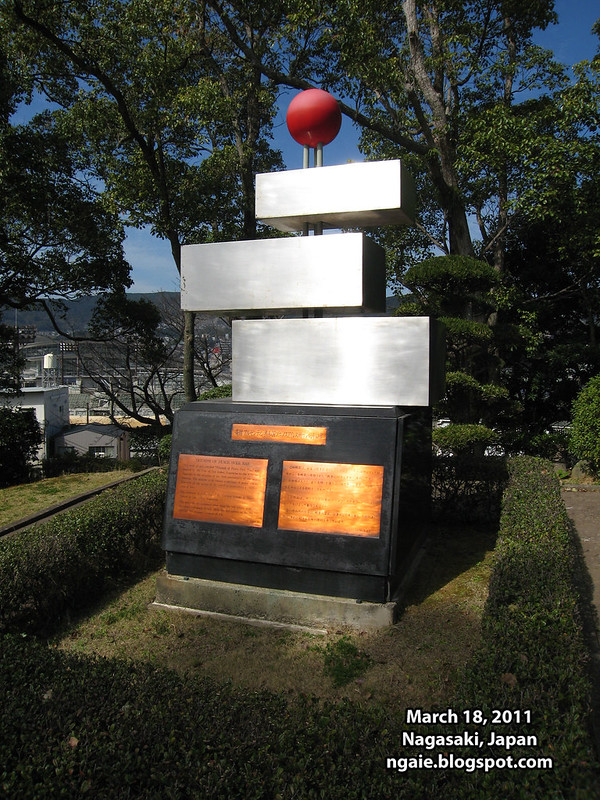
This was also an interesting piece of work. I forgot which country donated it.
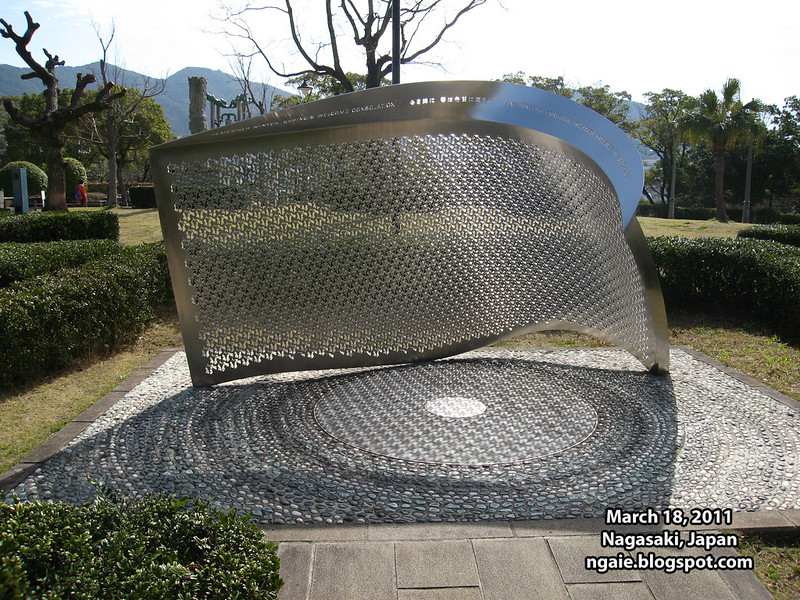
One of the Japanese memorials.

Commemorating reconstruction after the war.
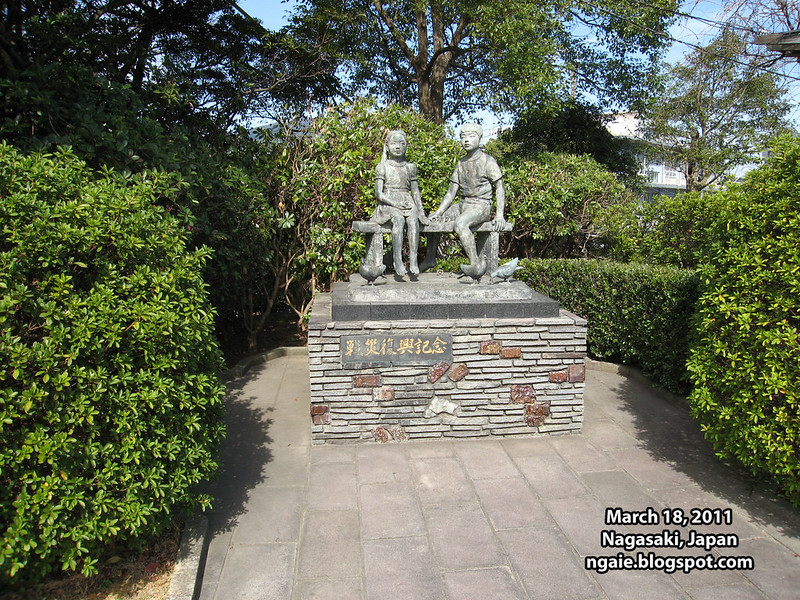
The centrepiece of the Peace Park was this monument.

From an angle.
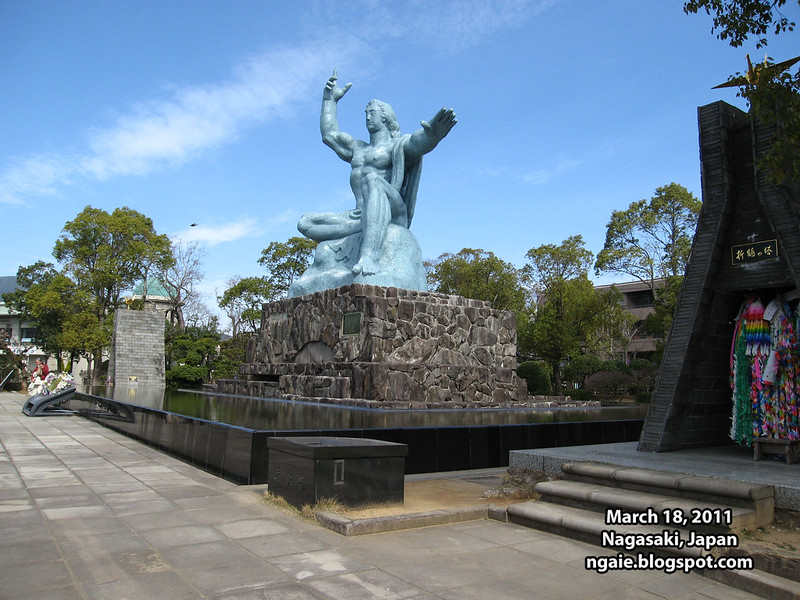
From a distance with myself and my mom.
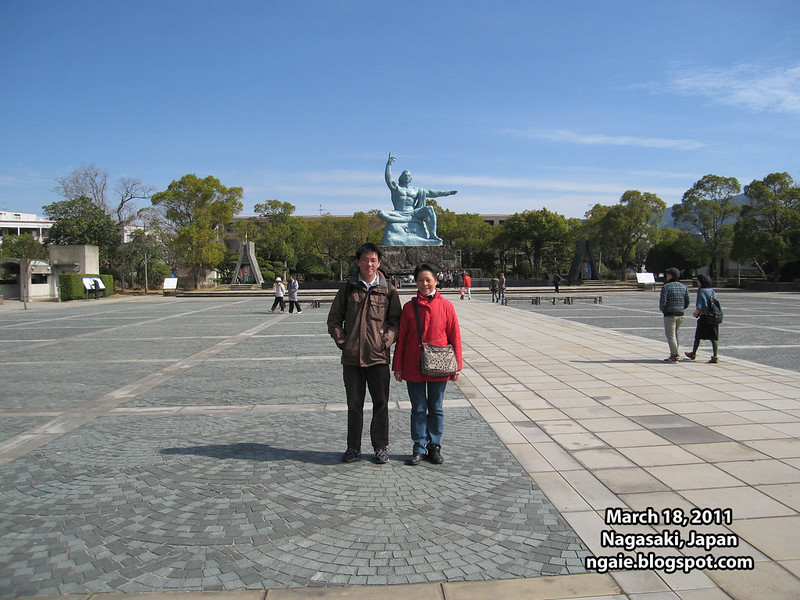
The exact location where the atomic bomb landed. It landed right next to a Catholic Church, the Urakami Cathedral, that is why to the right of the monument, stands the remnants of the church.

Another statue at the square where the bomb was dropped.

The entire Peace Park is actually located on a hill.

The rebuilt Urakami Cathedral. The original was destroyed in the atomic bombing.

Next we headed to Nagasaki's Chinatown in the city centre. Because of historical circumstances where the ports of Yokohama (eastern Japan near Tokyo), Kobe (western Japan near Osaka) and Nagasaki (western Japan closest to the Asian continent) were used for foreign trade, Chinatowns were established in each of these cities. There are only three "official Chinatowns" in Japan.
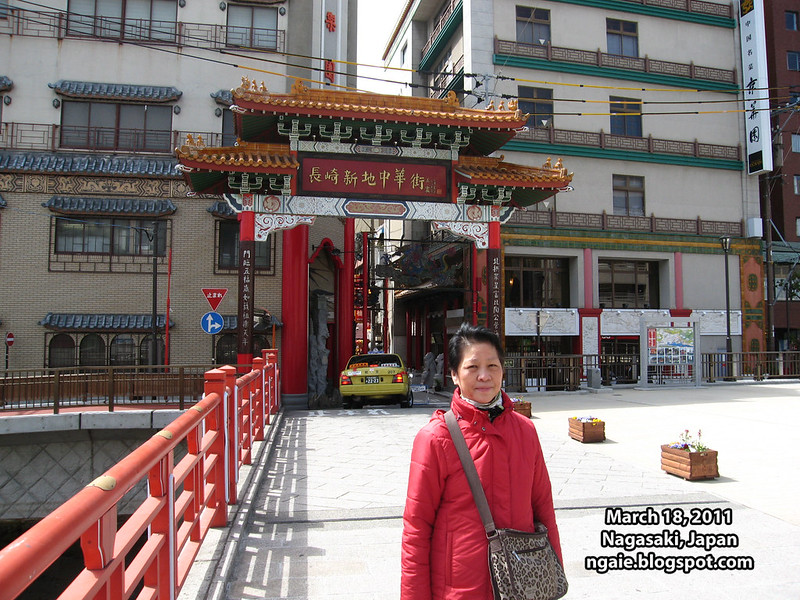
The look of this Chinatown is similar to Yokohama's Chinatown and Kobe's Chinatown. An idealized version of China. No place in the modern mainland China looks like this.
Like the other Chinatowns of Japan, the shops were mainly restaurants. But it was much more quieter than the others. Probably due to Nagasaki's remote location.
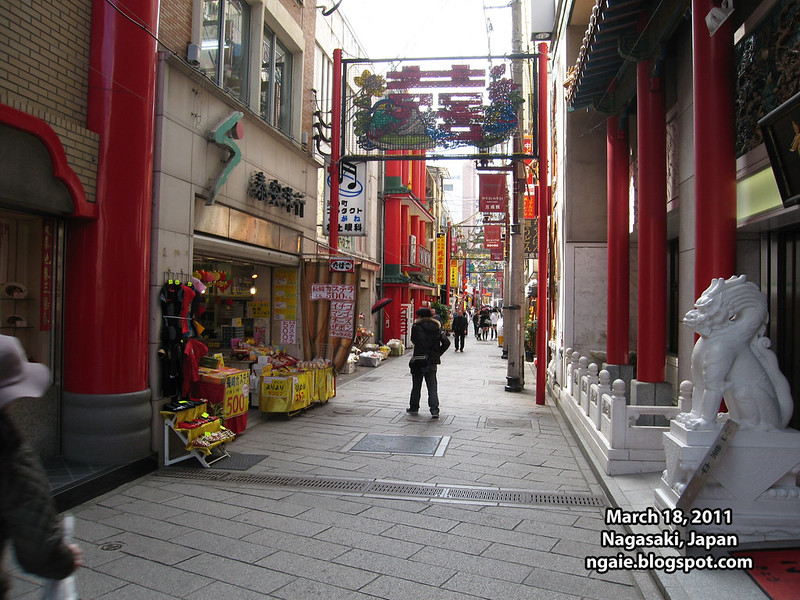
Stereotypical Chinese restaurants.

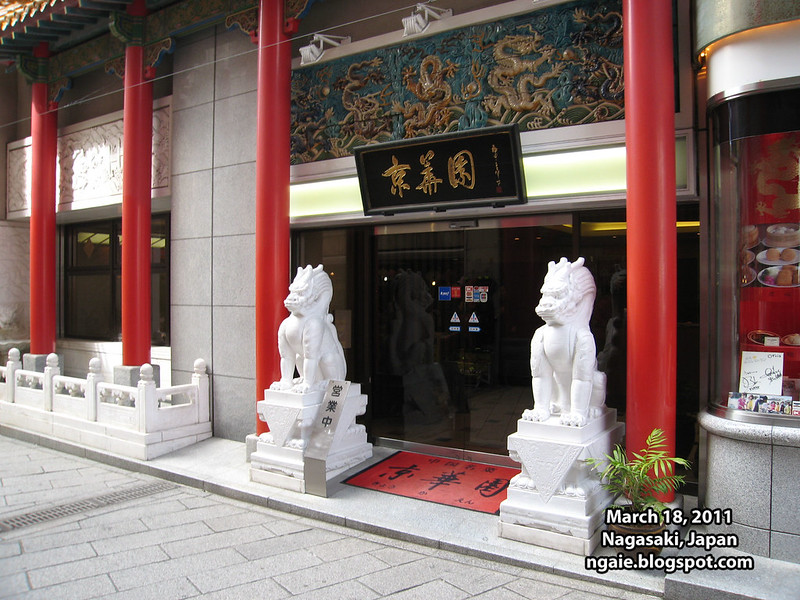
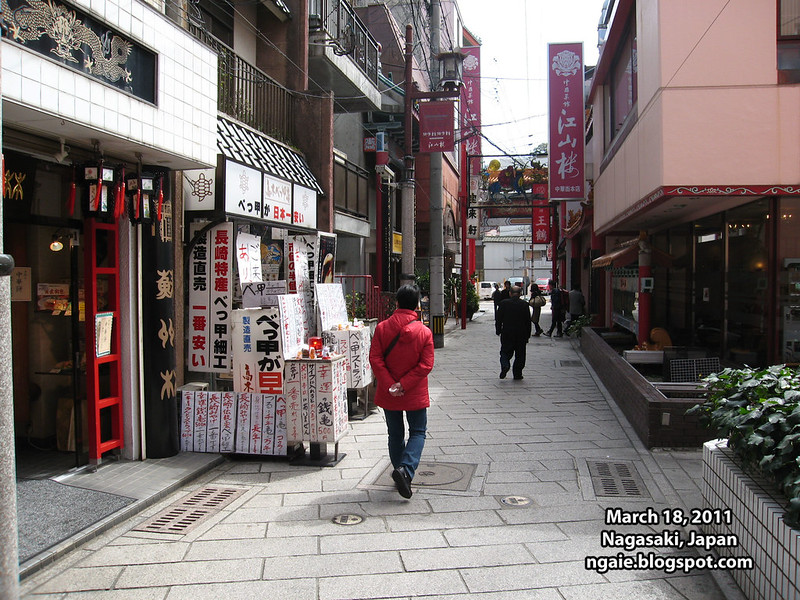
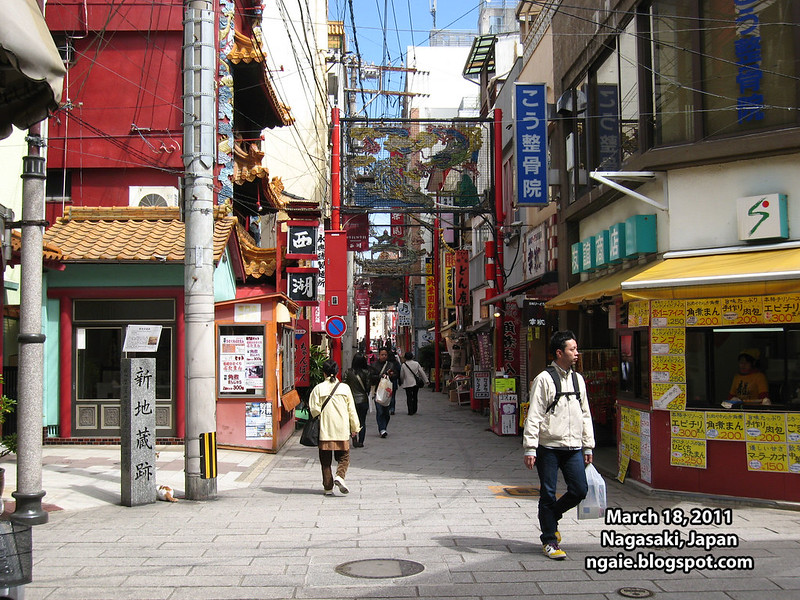
A Chinese temple at near the perimeter of Chinatown. I think a lot of Chinese people used to live here. I did not notice many Chinese people while I was there, maybe they had all been "Japanized" over the years.
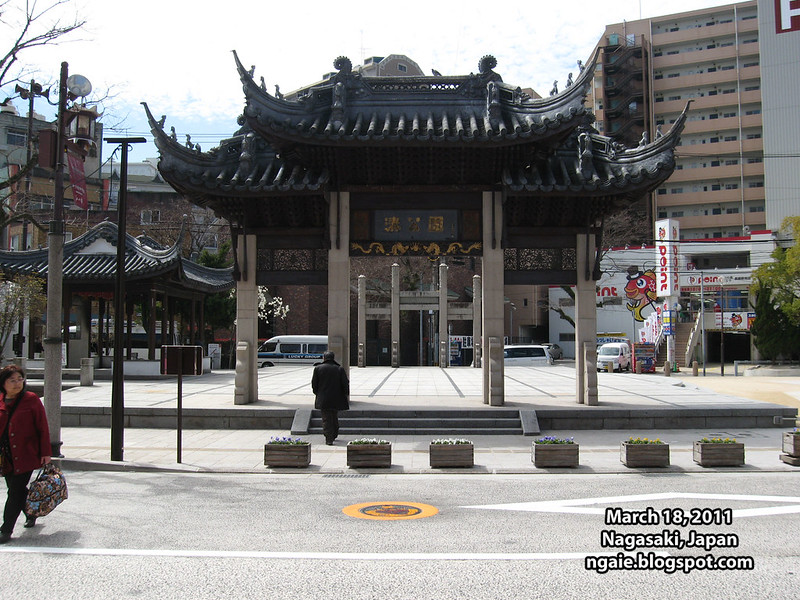
Nearby Chinatown was the Confucius temple and museum. We did not go in because there was an admission fee and it did not look interesting. Also, it was because I had already been there in 2006, on my first visit to Nagasaki.
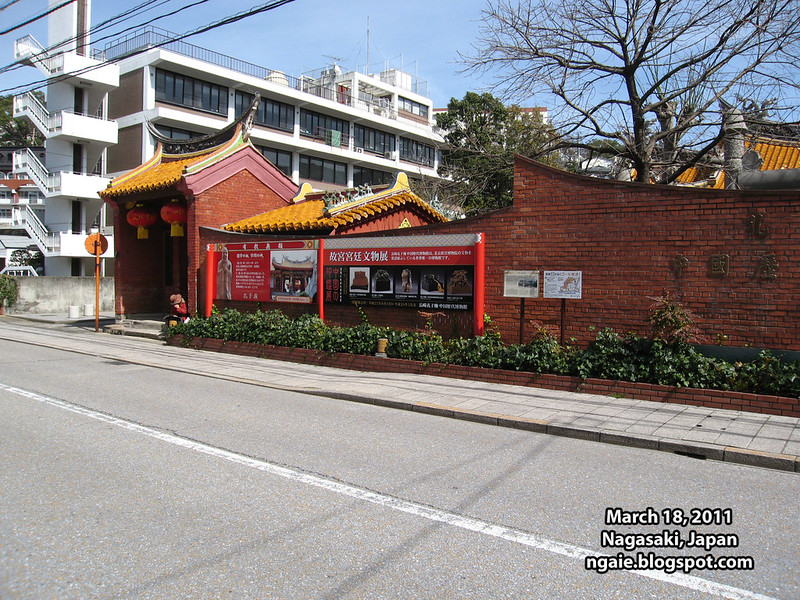
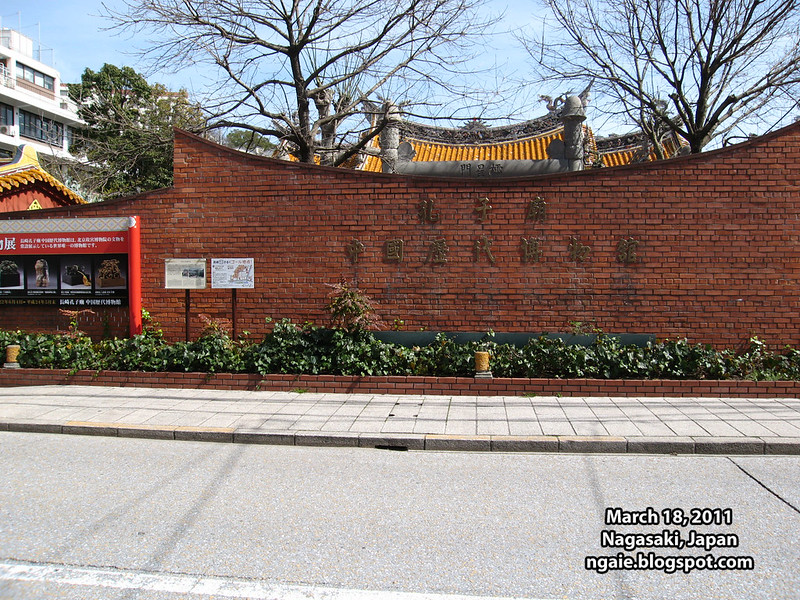
Next it was time for lunch, and from reading one of the tourist brochures that I got from the local tourism office. I found out that Nagasaki was the birthplace of Champon as per the title of this post.
Champon is a dish originally made by Chinese migrants that somehow morphed into a uniquely Japanese noodle dish like ramen. I personally don't like it but it is like ramen, except its more watery and its topped by a stir fry of pork and vegetables over the noodles in soup. One of the fast food chains that popularized this in Japan is Ringer Hut.
Anyways the Chinese restaurant that invented this dish is still around, Shikairō (四海楼) and we visited their restaurant for lunch.

Judging from the fortress style size of the restaurant, I'd say they made a lot of dough from this simple noodle dish.
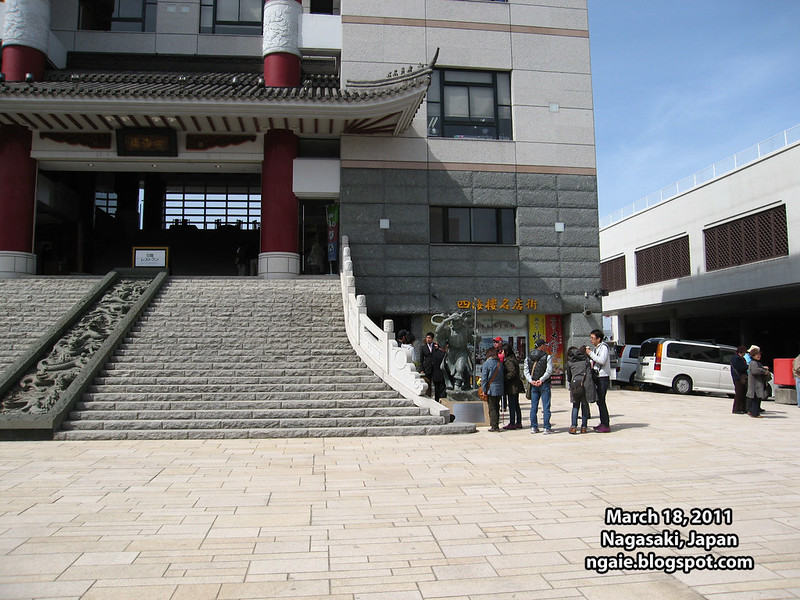
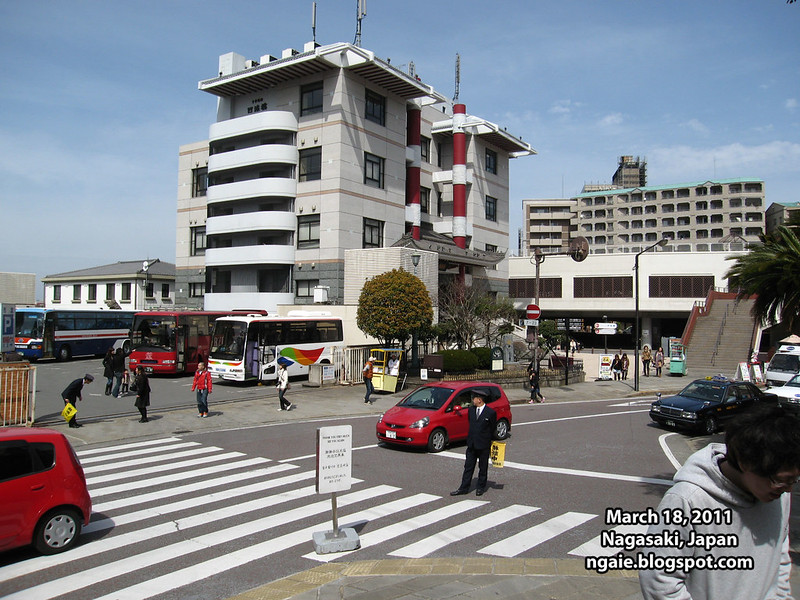
"The History of Champon", at the restaurant's own little mini museum.
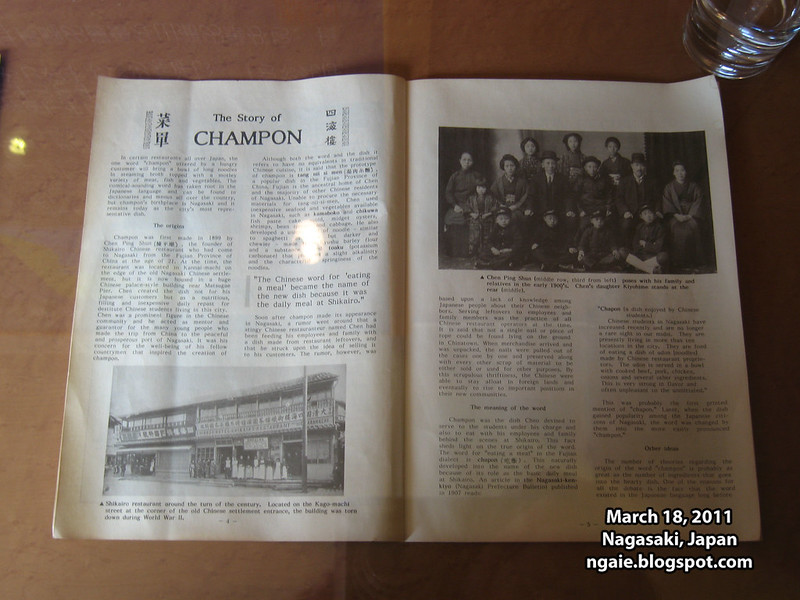
Right nearby the Champon restaurant stands a monument to the "Birthplace of Bowling in Japan". So not only is Nagasaki famous for Champon...
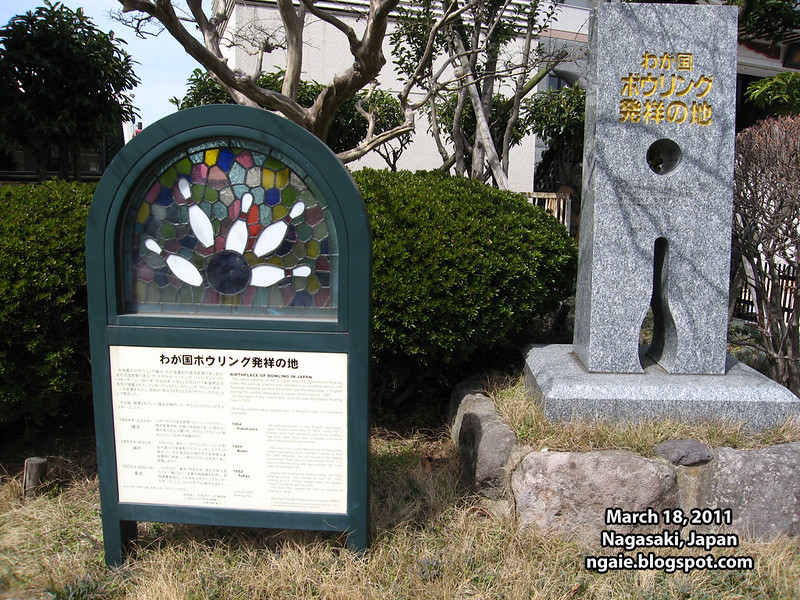
According to this sign, bowling only reached Tokyo in 1952?!
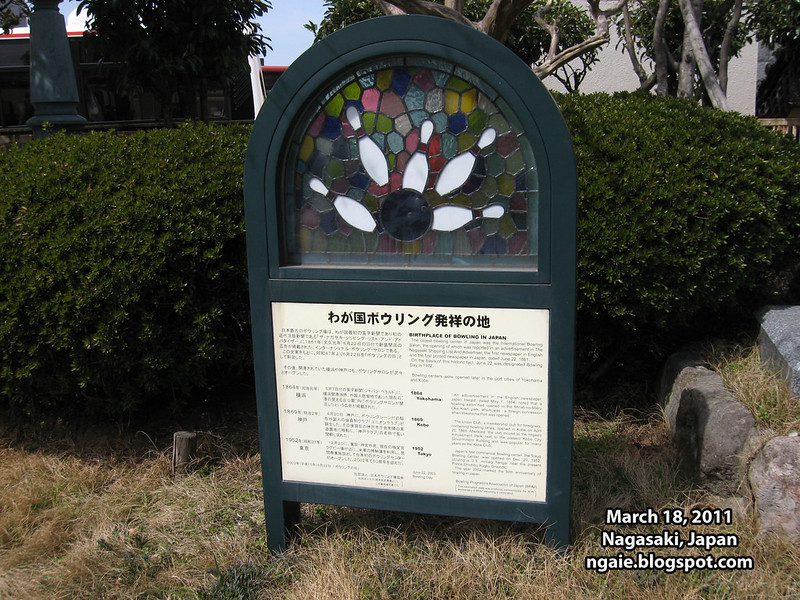
Afterwards we just spent the rest of the day walking around the city centre but I did not take any pictures because there wasn't anything special or interesting.

0 comments:
Post a Comment